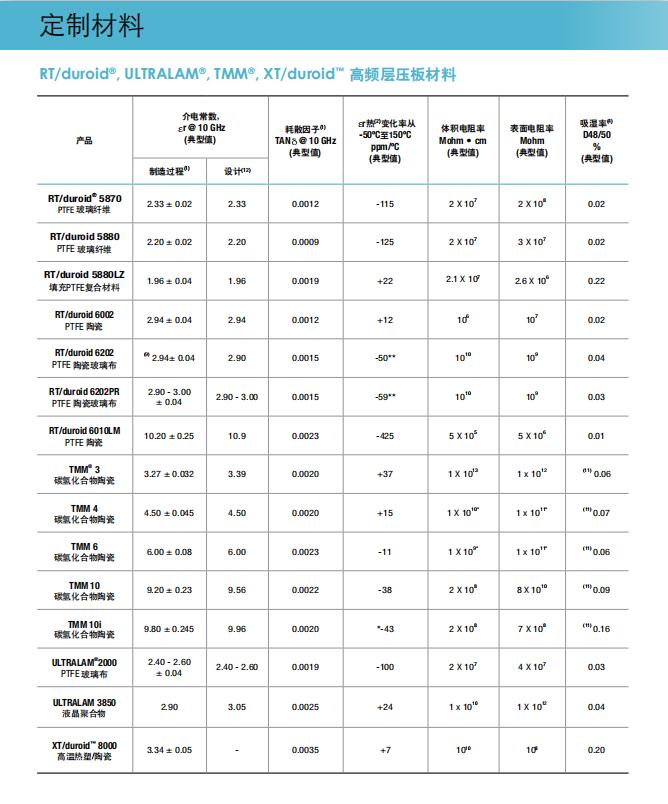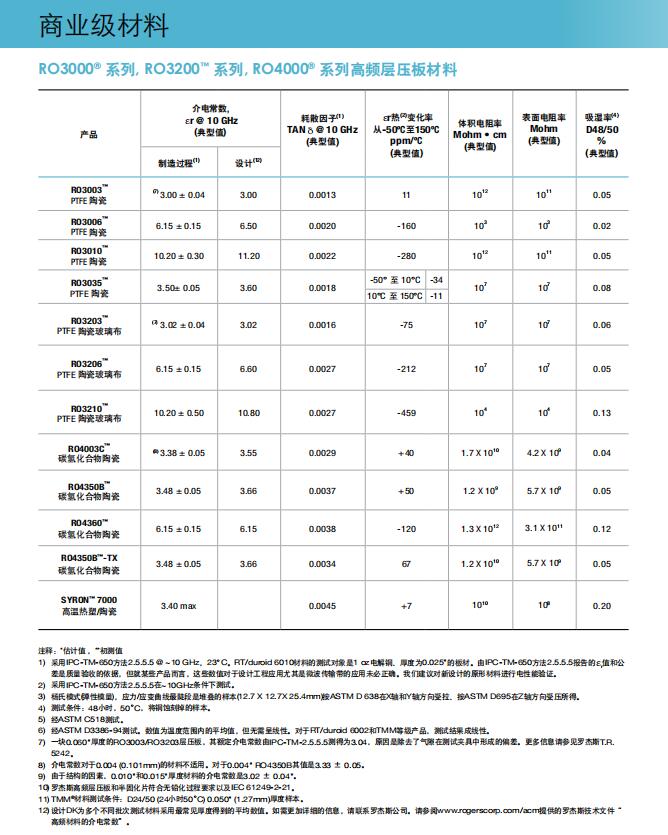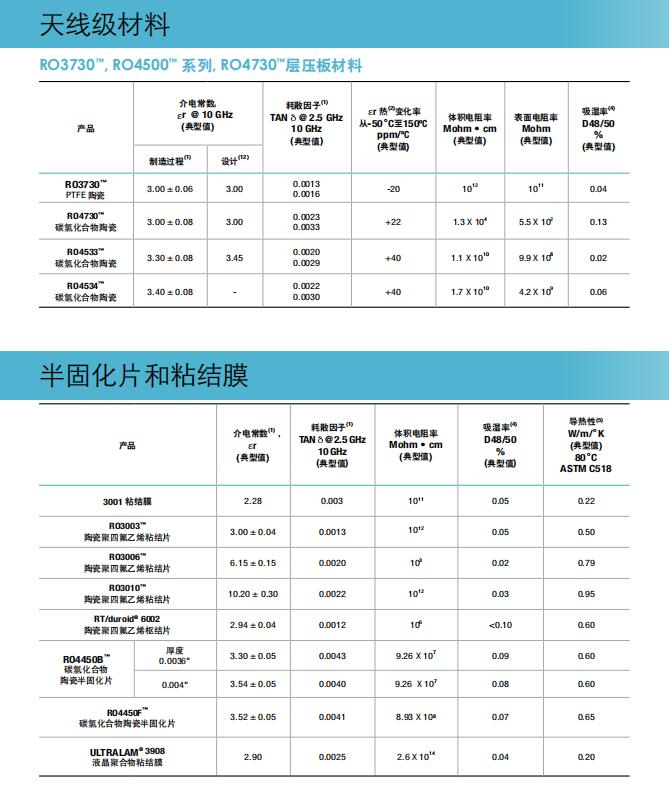With the rapid development of the communication market and the continuous innovation of product technology, the requirements of materials for high-frequency and high-speed signals are also increasing. Both designers and PCB makers are faced with the choice of appropriate materials to meet the characteristics of high-frequency signals, but with easy manufacturing and processing and low cost.
Conditions for high-frequency board material selection
1. Dielectric constant (Dk, ε, Er)
The dielectric constant is usually determined according to the specific circuit design and function, and directly affects the PCB structure (thickness, characteristic impedance, etc.).
The dielectric constant determines the speed at which an electrical signal travels in the medium. The velocity of the electrical signal is inversely proportional to the square root of the dielectric constant. The lower the dielectric constant, the faster the signal transmission speed. To give you a good metaphor, you're running on the beach and the water is up to your ankles. The viscosity of the water is called permittivity. The stickier the water, the higher the permittivity, the slower you run.
In addition to directly affecting the transmission speed of the signal, the dielectric constant also largely determines the characteristic impedance, which makes the characteristic impedance matching particularly important in microwave communication in different parts. If an impedance mismatch occurs, it is also called VSWR (standing wave ratio).
2. Medium loss
This is a more demanding requirement in high-frequency designs, where you can adjust for the dielectric constant, but not for the loss.
The loss factor is an important parameter that affects the electrical characteristics of materials. Dielectric loss, also known as loss tangent, loss factor, etc., refers to the loss of signal in the medium, can also be said to be the loss of energy. This is because the molecules in the medium try to Orient according to the high-frequency signals (which are constantly shifting between positive and negative phases) as they pass through the dielectric layer, even though they can't do so. After all, they are cross-linked. But the change in frequency keeps the molecules moving, generating a lot of heat, resulting in a loss of energy. Some materials, such as PTFE, have non-polar molecules, so they will not be affected by electromagnetic field changes, and the loss is small. Similarly, the loss factor depends on the frequency and test method. The general rule is that the higher the frequency, the greater the loss.
3. Thickness change
The thickness of the substrate is also an important factor in determining the characteristic impedance, and also affects the interlayer signal interference in high-frequency design.
4. Workability of materials
This determines PCB fabrication costs. It is widely used in LNA, PA, and antenna design. Moisture absorption is also a consideration. As far as possible to choose low moisture absorption materials, electrical characteristics are more stable.
5. Thermal expansion coefficient of the material
It is one of the important thermal-mechanical properties of materials, refers to the expansion of materials under the condition of heat. The actual material expansion refers to the volume change, but due to the characteristics of the substrate, we tend to consider the plane (X-, Y-) and vertical (Z-) expansion respectively. 25N/FR has good electrical characteristics, mainly reflected in low dielectric constant, low loss factor, the dielectric constant is relatively stable in the case of temperature changes, thus as an ideal material for wireless and digital communications, its applications include mobile phones, converters, low noise amplifiers and so on.



6. Ordering instructions:
Thickness and tolerances: The laminate thickness usually does not include the dielectric layer thickness of copper foil. Refer to the product manual for standard thickness. RT/ DuroID laminates are available to custom tolerances on request.
Copper foil type: ¼, ½, 1, 2 oz electrolytic copper foil, ½, 1, 2 oz calendered copper foil. TMM and RO4000® series laminates are not supplied with ¼ oz electrolytic or calendered copper foils. Some materials may provide a copper foil-free base material. Please call our customer service representative for this product selection.
Rogers RT/ Duroid laminates are available in aluminum, copper, and brass thick metal sheets. Most TMM laminates are available in thick metallic materials such as aluminum and brass. The RO4000 laminates do not provide thick metal materials. Thickness ranges and tolerances may be specified for aluminum, copper, and brass plates. Other thick metals can be formulated as required. How we Work with You We work closely with your product designers to anticipate changing needs and technological advances, and we produce products that fully meet your performance requirements. We provide all necessary training and technical support to ensure the full performance of our high-frequency baord materials in your process. We are committed to providing you with unique high-performance solutions to stand out from the competition.